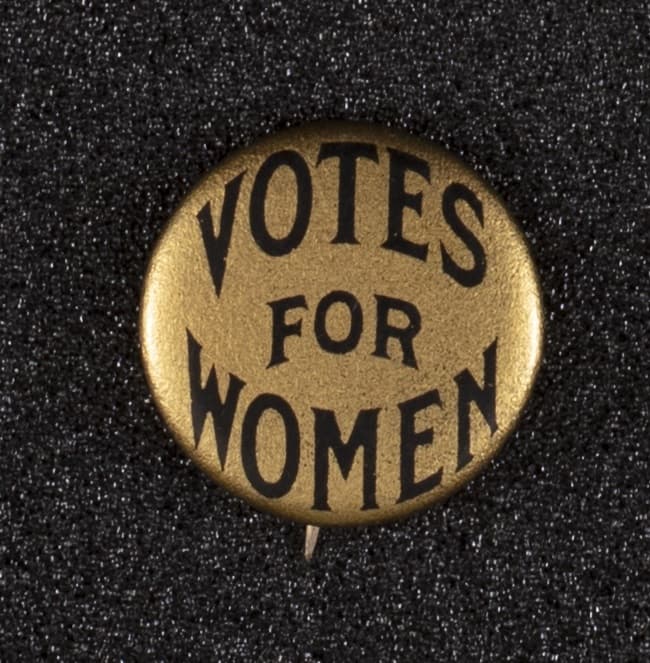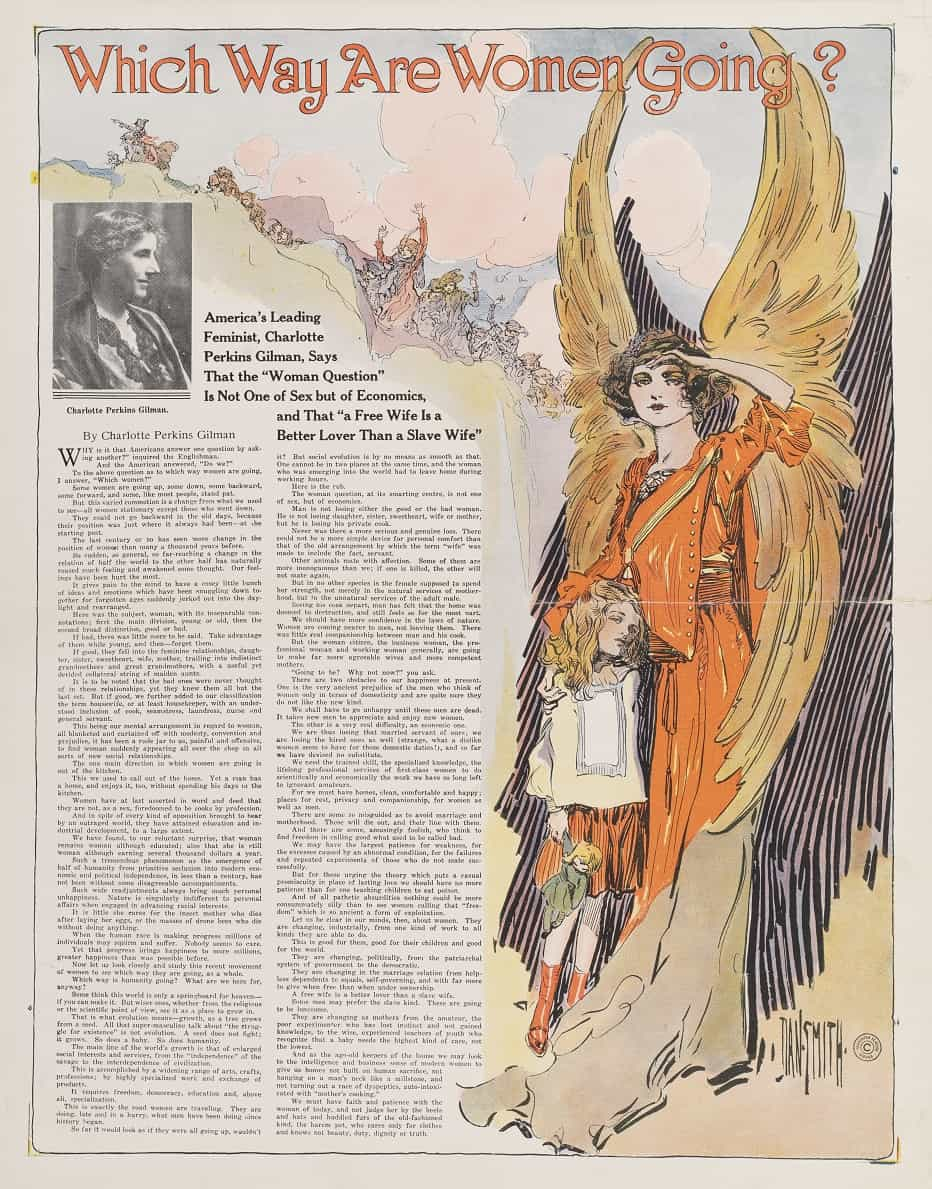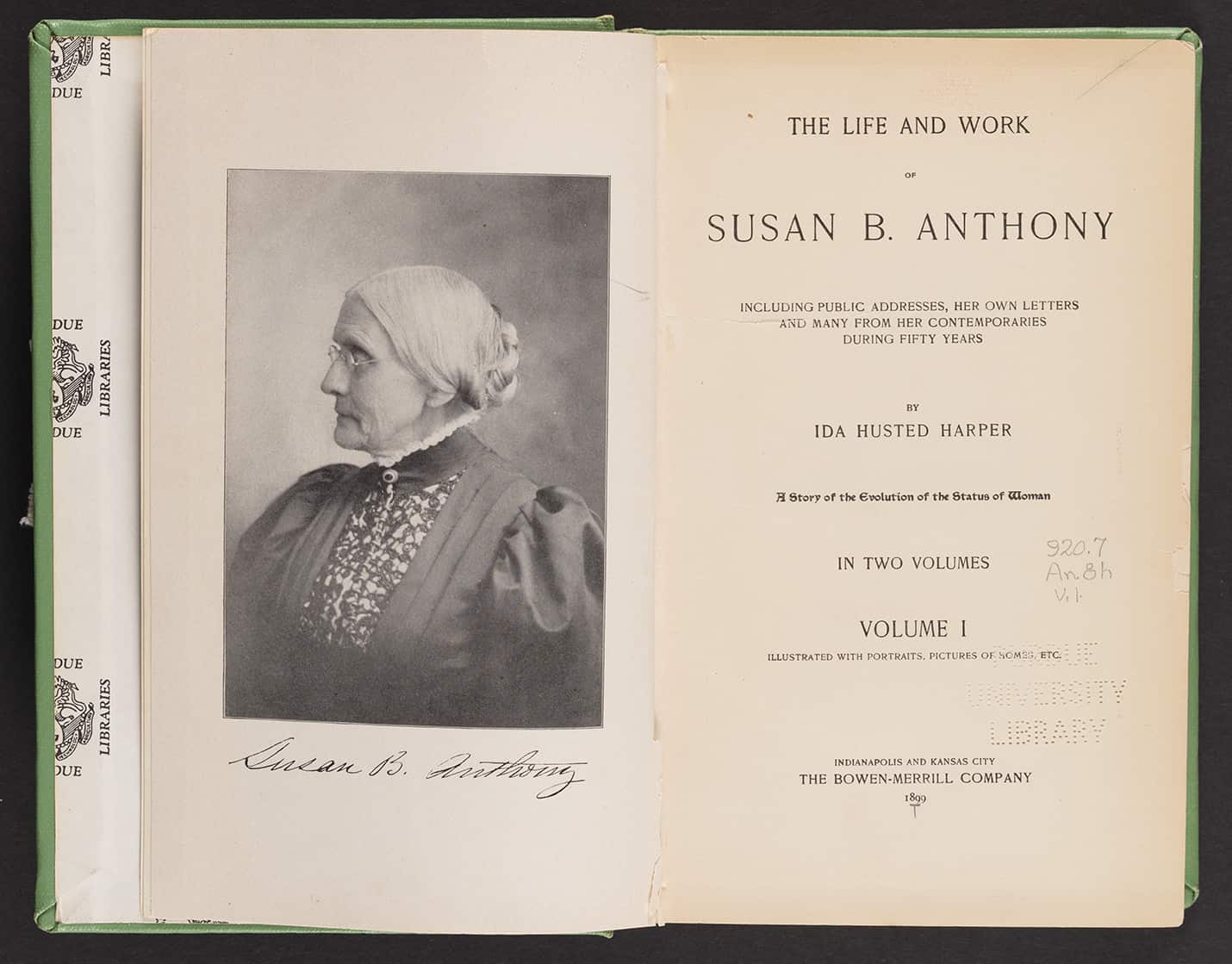
Passage of the 19th Amendment
In 1919, seventy-one years after Seneca Falls, Congress passed the 19th Amendment after
President Woodrow Wilson spoke in support of it. Many of the early suffragists had already
passed away, but younger generations continued the fight, and though some states had already
granted women the right to vote, many women remained disenfranchised. Wilson had been largely
silent on the issue of women’s suffrage until suffragists picketed the White House and were
subsequently arrested and force-fed while in prison. This mistreatment garnered widespread
disapproval across the country.
After Congress’ approval, two-thirds of states needed to ratify the amendment for it to be
legally adopted. On January 16, 1920, Indiana became the 26th state to ratify the 19th
Amendment and on August 18, 1920, Tennessee became the last state needed for ratification.
After decades of work by thousands of suffragists, the 19th Amendment, colloquially known
as the Susan B. Anthony Amendment, was officially adopted into the US Constitution on
August 26, 1920, now known as Women’s Equality Day.
President Woodrow Wilson spoke in support of it. Many of the early suffragists had already
passed away, but younger generations continued the fight, and though some states had already
granted women the right to vote, many women remained disenfranchised. Wilson had been largely
silent on the issue of women’s suffrage until suffragists picketed the White House and were
subsequently arrested and force-fed while in prison. This mistreatment garnered widespread
disapproval across the country.
After Congress’ approval, two-thirds of states needed to ratify the amendment for it to be
legally adopted. On January 16, 1920, Indiana became the 26th state to ratify the 19th
Amendment and on August 18, 1920, Tennessee became the last state needed for ratification.
After decades of work by thousands of suffragists, the 19th Amendment, colloquially known
as the Susan B. Anthony Amendment, was officially adopted into the US Constitution on
August 26, 1920, now known as Women’s Equality Day.

Passage of the 19th Amendment

Reproduction photograph of Wilson sitting at a desk, 1913-1921
Collection of Woodrow Wilson papers, MSP 129, Folder 1
Description
Collection of Woodrow Wilson papers, MSP 129, Folder 1
Description
A photograph of Woodrow Wilson sitting at a desk. The 19th Amendment
passed through Congress and was ratified during his presidency.
passed through Congress and was ratified during his presidency.

Passage of the 19th Amendment

A “Votes for Women” pin. Supporters
of women’s right to vote would have
worn pins like this and the slogan was
one of the most popular used by
suffragists.
of women’s right to vote would have
worn pins like this and the slogan was
one of the most popular used by
suffragists.

Passage of the 19th Amendment

Sara Bard Field’s speech to the US Congress
upon presenting marble busts of pioneering
suffragists Lucretia Mott, Elizabeth Cady
Stanton, and Susan B. Anthony in celebration
of women’s “hard won political freedom.”
upon presenting marble busts of pioneering
suffragists Lucretia Mott, Elizabeth Cady
Stanton, and Susan B. Anthony in celebration
of women’s “hard won political freedom.”

Passage of the 19th Amendment

“Which way are women going?” illustrated broadside, 1920
Collection of materials related to Clara Adams, Marian Anderson, and women's rights, 20190522
Description
Collection of materials related to Clara Adams, Marian Anderson, and women's rights, 20190522
Description
An illustrated broadside with an article
by feminist and lecturer, Charlotte Perkins
Gilman (1920). In this article, Gilman
discusses how industrial, educational,
and political advancements for women will
change women and their families’ lives for
the better.
by feminist and lecturer, Charlotte Perkins
Gilman (1920). In this article, Gilman
discusses how industrial, educational,
and political advancements for women will
change women and their families’ lives for
the better.

Passage of the 19th Amendment

The 19th Amendment was named in honor
of Susan B. Anthony due to her continued
advocacy and work for women's rights.
In 1897, near the end of Anthony's life,
fellow suffragist Ida Husted Harper, who
was born in Franklin County, IN, moved to
Rochester, NY to live with Anthony and
write her biography. Anthony died in 1906.
of Susan B. Anthony due to her continued
advocacy and work for women's rights.
In 1897, near the end of Anthony's life,
fellow suffragist Ida Husted Harper, who
was born in Franklin County, IN, moved to
Rochester, NY to live with Anthony and
write her biography. Anthony died in 1906.